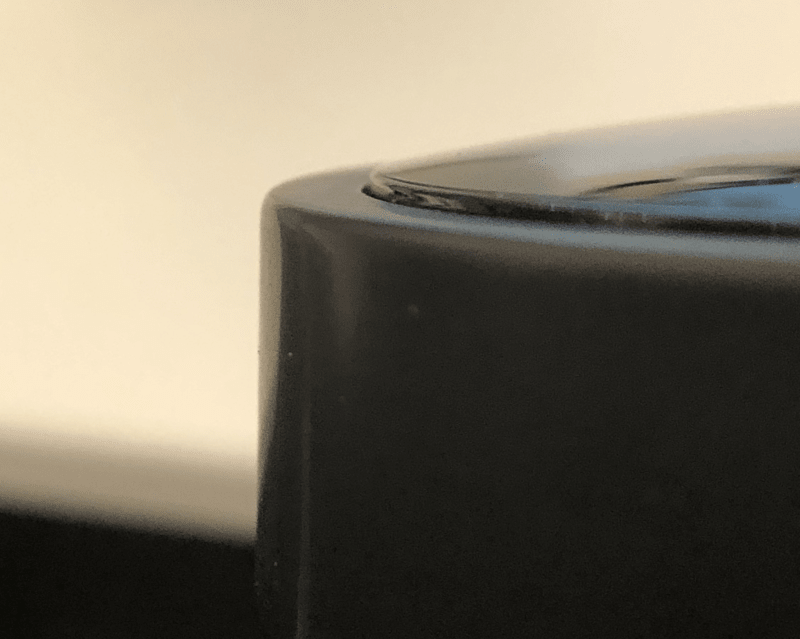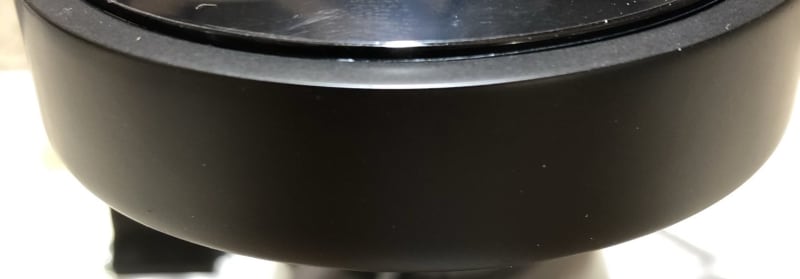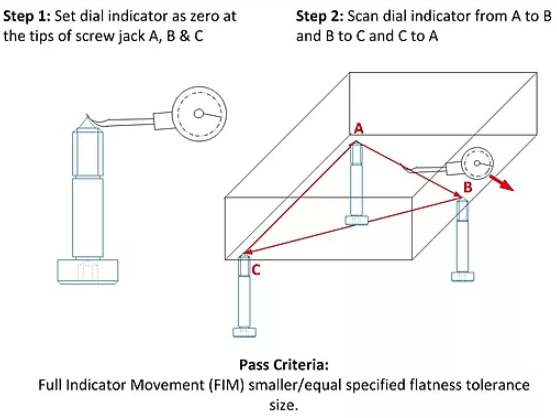Hi,
I'm having some trouble selecting a gauge to measure the protrusion of a curved plastic component in reference to a flat metal datum.
The protrusion spec was set as 0.3mm with reference to the edge of the protruded lens (lens has a cylindrical wall before transitioning into a curved surface)
I've since jumped into the project and am having trouble finding a reliable tool to measure the feature. So far I've tried feeler gauges and dial indicators but the inter-operator reproducibility and repeat-ability is very low. I'm going to try an OMM system next but I don't know if there's a suitable gauge for a feature this size.
Any suggestions would be appreciated!


I'm having some trouble selecting a gauge to measure the protrusion of a curved plastic component in reference to a flat metal datum.
The protrusion spec was set as 0.3mm with reference to the edge of the protruded lens (lens has a cylindrical wall before transitioning into a curved surface)
I've since jumped into the project and am having trouble finding a reliable tool to measure the feature. So far I've tried feeler gauges and dial indicators but the inter-operator reproducibility and repeat-ability is very low. I'm going to try an OMM system next but I don't know if there's a suitable gauge for a feature this size.
Any suggestions would be appreciated!



